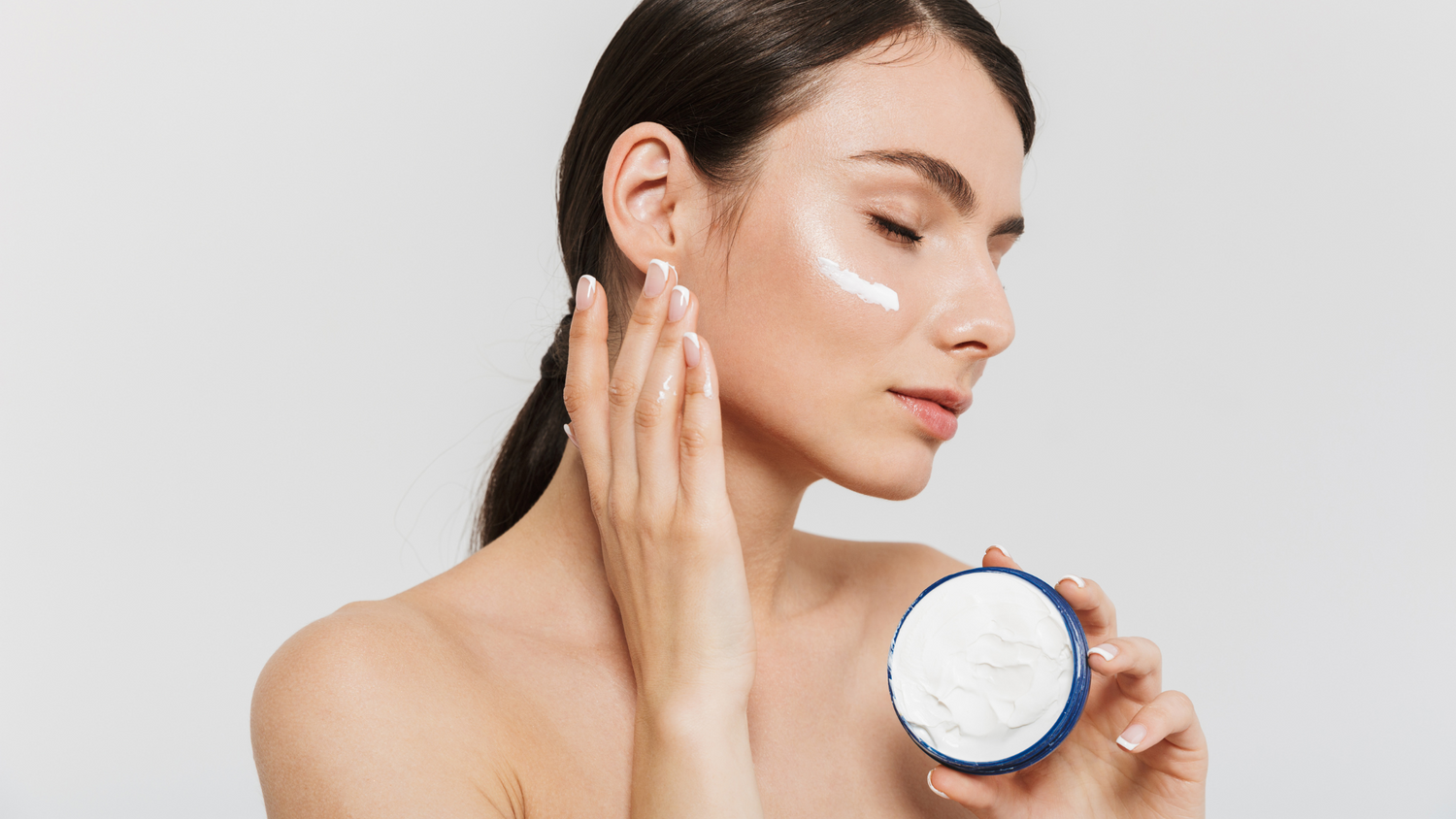Do’s and Don’ts After Sun Exposure: How to Care for Your Skin Post-Sun
Daily time in the sun affects your skin more than you might realize. Even a short period outdoors exposes your skin to UV rays that can cause dehydration, redness, inflammation, and over time, stubborn pigmentation. While avoiding the sun completely isn’t always possible, what you do after sun exposure plays a huge role in how well your skin recovers.
Understanding the right post-sun care steps can protect your skin from lasting damage and help it regain its natural glow. Here’s a detailed guide on the do’s and don’ts after sun exposure that will keep your skin healthy and happy.
What to Do After Sun Exposure
1. Rehydrate—Inside and Out
Sun exposure dries out your skin and weakens its protective barrier. Drinking plenty of water helps your body rehydrate from within, while using a moisturizer with hydrating ingredients like Sodium Hyaluronate, Ceramides, and Panthenol restores moisture on the skin’s surface. These ingredients soothe irritation and support skin repair, making hydration a must after sun exposure.
2. Cool Your Skin Gently
Heat trapped under your skin can increase inflammation. Taking a cool—not cold—shower or bath provides immediate relief. You can also apply a cold compress wrapped in a soft cloth to warm or red areas to calm your skin safely without causing shock or damage.
3. Use a De-Tan Face Pack
Sun exposure often leaves your skin dull and uneven. Using a gentle de-tan face pack with ingredients like Niacinamide, Kaolin Clay, and Glycerin helps remove impurities and brighten your skin. Using such masks 2 to 3 times a week after cleansing can reduce blackheads and even out your skin tone.
4. Choose Loose, Breathable Clothing
After spending time in the sun, your skin can become sensitive and irritated. Wearing tight or rough fabrics can worsen this. Opt for loose, breathable materials such as cotton or linen that allow your skin to breathe and heal comfortably.
5. Give Your Skin a Break
Your skin needs time to recover after sun exposure. Avoid going out during peak sunlight hours (10 a.m. to 4 p.m.) for a few days when possible. If you must be outside, wear protective clothing, reapply sunscreen regularly, and stay in the shade to prevent further damage.
What Not to Do After Sun Exposure
1. Don’t Scrub or Pick at Peeling Skin
Peeling skin can be tempting to scrub or pick at, but this only harms the delicate skin barrier further. Avoid exfoliating or using harsh scrubs until your skin has fully healed. Instead, focus on applying gentle moisturizers that support recovery.
2. Don’t Go Right Back Into the Sun
After sun exposure, your skin is more vulnerable. Going back into the sun too soon increases risks of dark spots, inflammation, and slow healing. Give your skin at least a few days to recover and always protect it with sunscreen, hats, and sunglasses if you need to go outdoors.
3. Avoid Harsh or Active Skincare
Avoid using retinol, AHAs, BHAs, or skincare with alcohol or strong fragrances. These can irritate sun-stressed skin and delay healing. Choose calming and barrier-supportive ingredients.
4. Don’t Use Ice Directly on Your Skin
While cooling the skin helps, applying ice directly can damage tissues or break small blood vessels. Always wrap ice in a soft cloth or use a cold towel for gentle, safe cooling.
5. Don’t Ignore Severe Sunburn Symptoms
If your skin shows intense redness, blisters, chills, or dizziness, this could be a serious sunburn. Seek advice from a dermatologist promptly to avoid complications and promote proper healing.
Final Thoughts
Sun exposure is an unavoidable part of life, but how you care for your skin afterward can protect it from lasting damage. Focus on gentle hydration, calming your skin’s inflammation, and giving yourself time to recover. Consistent sun protection every day will ensure your skin stays healthy and radiant in the long run.
If you're looking for a lightweight, microbiome-friendly sunscreen that won’t clog pores or feel sticky on the skin, this gentle SPF Formula is a great addition to your daily routine.




